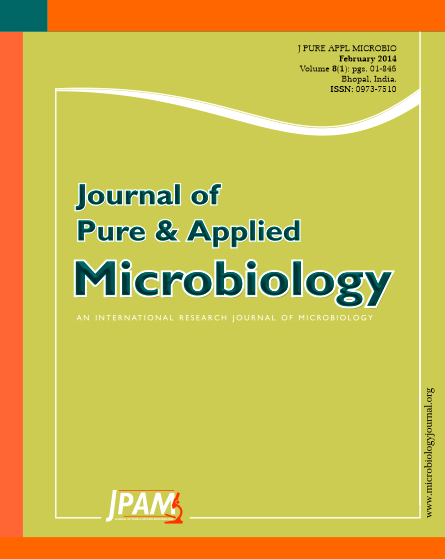The adh I and adh II genes encoding the alcohol dehydrogenase of an ethanologenic Zymomonas mobilis TISTR 405 have been cloned and characterized regarding their expression in Escherichia coli XL1 Blue. The adh I and adh II genes contain 1,014 and 1,152 nucleotides encoding 337 and 383 amino acid residues, respectively. The 405-ADH I and 405-ADH II proteins are highly conserved among Z. mobilis species but distant from the yeast genera Saccharomyces and Candida. The molecular weights of the expressed 405-ADH I or II proteins were 34 and 38 kDa, respectively. The ADH activity of the transformants expressing adh I and II was also detected via native PAGE at the same molecular weights. The comparative models of Zn-dependent 405-ADH I and Fe-dependent 405-ADH II showed 61.95% and 99.74% similarity to the crystal structures of LlAdhA from Lactococcus lactis and zmADH2 from Z. mobilis ZM4, respectively. Gas chromatography analysis showed that the transformants expressing ADH I and II produced ethanol at 2.5 and 3.9 % (v/v), respectively. Apparently, these two enzymes could function independently for bioethanol production in E. coli. The characteristics of ADH I and ADH II enzymes will be further investigated for the potential bioethanol production.
Alcohol dehydrogenase, ADH I, ADH II, bioethanol, Zymomonas mobilis
© The Author(s) 2014. Open Access. This article is distributed under the terms of the Creative Commons Attribution 4.0 International License which permits unrestricted use, sharing, distribution, and reproduction in any medium, provided you give appropriate credit to the original author(s) and the source, provide a link to the Creative Commons license, and indicate if changes were made.


